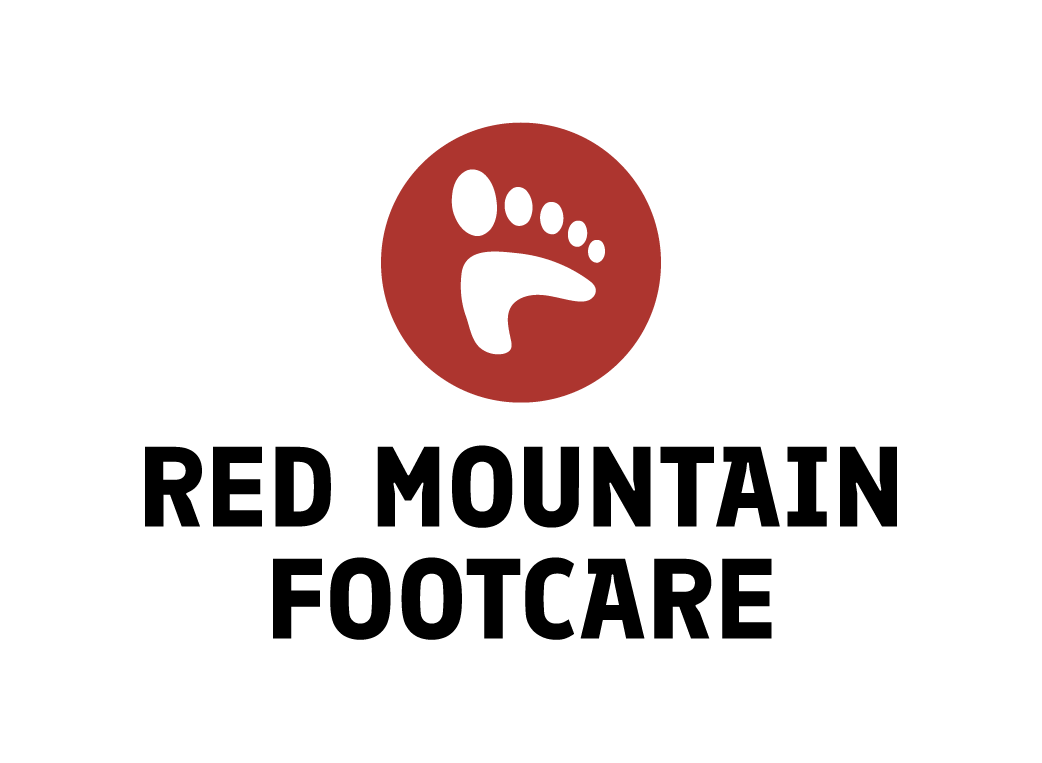Athletes Foot

Athlete's foot, also known as tinea pedis, is a common and contagious fungal infection that affects the skin on the feet. It typically causes an itchy, scaly rash and can spread to other parts of the foot, including the soles and toenails. The condition thrives in warm, moist environments, making it more prevalent among people who wear tight-fitting shoes or frequent public places like swimming pools and showers. This blog will explore the symptoms, causes, prevention strategies, and treatment options for athlete's foot. Additionally, it will highlight the specialized care provided by Red Mountain Footcare to help patients effectively manage and overcome this condition.
Causes
Athlete's foot is primarily caused by dermatophytes, a type of fungus that thrives in warm, moist environments. This makes individuals who frequently wear tight-fitting shoes, which trap moisture, particularly susceptible to the infection. Public areas such as swimming pools, locker rooms, and showers are common breeding grounds for the fungus, increasing the risk of transmission. Additionally, sharing footwear or towels with an infected person can also lead to the spread of athlete's foot.
Symptoms of Athlete’s Foot
Athlete's foot presents a variety of uncomfortable symptoms that can affect different parts of the foot. The most common symptoms include:
-
Itching and Scaly Rash
- Persistent itching often accompanied by a scaly, red rash.
-
Redness and Cracking
- Inflamed skin that may crack and peel.
-
Blistering and Flaking
- Small blisters that can burst and lead to flaking skin.
-
Thickening and Swelling
- Skin may thicken and swell as the infection progresses.
-
Stinging or Burning
- Sensations of stinging or burning, especially between the toes.
Appearance
Athlete's foot typically manifests as a red, scaly rash that most commonly appears between the toes. In more severe cases, the skin may crack, peel, and even blister, leading to an unsightly and uncomfortable condition. Over time, the affected areas can become thickened and swollen, often accompanied by a stinging or burning sensation.
Treatments for Athlete’s Foot
Treating athlete's foot usually begins with over-the-counter antifungal creams, powders, or sprays that are applied directly to the affected areas. It's essential to keep the feet clean and dry, changing socks regularly and opting for breathable footwear to prevent moisture buildup. For more persistent or severe cases, a podiatrist may prescribe stronger antifungal medications or recommend additional treatments such as foot soaks or laser therapy. Early and consistent treatment is crucial for effective relief and to prevent the infection from spreading or recurring.
Treatment Specialists
Podiatrists are often the primary specialists who diagnose and treat athlete's foot, utilizing their expertise in foot health to offer tailored treatment plans. Dermatologists can also be consulted, especially for severe or persistent cases, as they specialize in skin conditions and may provide advanced therapies.
Prevention Strategies
Preventing athlete's foot involves maintaining good foot hygiene, such as regularly washing and thoroughly drying your feet, especially between the toes. Wearing breathable shoes and socks made from natural fabrics can help keep feet dry and reduce the risk of infection. It's also important to avoid walking barefoot in public areas like locker rooms and swimming pools and to refrain from sharing shoes or towels with others.
People Also Ask:
-
What is the Fastest Way to Cure Athlete's Foot?
- The fastest way to cure athlete's foot is to use over-the-counter antifungal creams or sprays, maintain good foot hygiene, and keep your feet dry and clean.
-
What is the Main Cause of Athlete’s Foot?
- Athlete's foot is primarily caused by a fungal infection from dermatophytes, which thrive in warm, moist environments like sweaty shoes and public showers.
-
Can Athlete's Foot Go Away on Its Own?
- While mild cases of athlete's foot may improve with good hygiene, the infection usually requires antifungal treatment to fully resolve and prevent recurrence.
-
How Long Does it Take for Athlete's Foot to Heal?
- With proper treatment, athlete's foot typically heals within one to two weeks, but more severe cases may take several weeks or even months to completely clear up.
Foot Doctor for Athlete’s Foot
Athlete's foot is a common but manageable condition with proper hygiene, preventative measures, and timely treatment. By understanding its symptoms, causes, and treatment options, you can take proactive steps to keep your feet healthy. If you suspect you have athlete's foot or need professional care, contact Red Mountain Footcare today to schedule a consultation with our experienced podiatrists.
Contact Us & Book an Appointment

